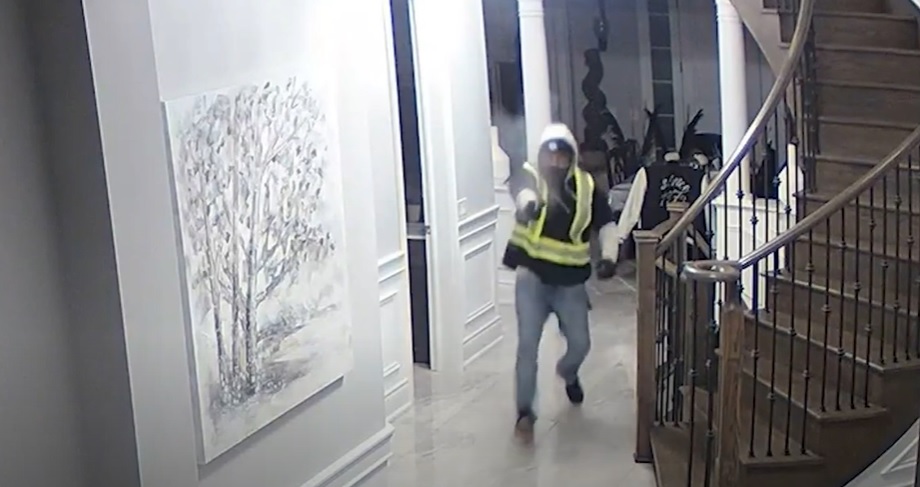New report highlights burnout of Ontario hospital staff amid employee shortages
Posted August 12, 2024 7:03 pm.
A new report released by the Canadian Union of Public Employees (CUPE) is once again shedding light on how hospital staff are feeling burned out as a result of understaffing.
The union is calling on the province to address what is being called a crisis.
“It’s almost normal now to be short-staffed every day. It wasn’t like this when I first started nursing.” Those are just some of the statements provided to researchers about immediate impacts on health care workers due to staffing shortages, as part of the “Running on Empty” study, which was based on “extensive interviews” with 26 hospital workers.
“Our interviews with hospital staff from across Ontario revealed a disturbing picture of their working conditions, their level of distress and their frustrations over the care that they are trying to deliver, we found a workforce facing increasing anxiety and frustration,” shared Dr. James Brophy, an environmental health researcher at the University of Windsor and co-author of the report.
The study points out that Ontario has 18 per cent less hospital staff compared to the rest of Canada and suggests working conditions have worsened since 2020.
“We learned from those we interviewed that many are suffering from depression. Several said that they now cry before beginning [their] shift or on their way home. Physical and mental exhaustion, which extends into their home life, burnout and even hopelessness, mental distress because they are unable to provide the care that they know is required,” added Dr. Brophy.
“It’s measuring the temperature of the workforce, and it’s saying the crisis that that we saw last summer is going to intensify because the morale of the workforce is at such a low level,” said Michael Hurley, the President of the CUPE Ontario Council of Hospital Unions.
The province’s own internal documents and projections have shown that Ontario will need 20,700 additional nurses and nearly 50,000 more personal support workers by 2027, because of a higher number of patients per staff.
“We’ve now had unprecedented closures of our emergency rooms. Hallway medicine continues unabated. All the metrics that you can use to try to evaluate the strength of our healthcare system, including the morale of the people who are we expect to deliver these services deteriorating,” said Dr. Brophy.
Sixty-two per cent of hospital workers surveyed for a report released in January by Nanos, said they were dealing with exhaustion and high stress levels, 41 per cent reported dreading going to work and 44 per cent said they had trouble sleeping.
Health Minister Sylvia Jones responded to the survey with details about what supports hospitals have put in place for burnt out workers but did not address staffing numbers.
“A number of organizations have additional resources and programs in place specifically to ensure that their health care staff when they need help, and even proactively have the resources in in their own systems. And that’s been ongoing,” said Jones.
The deterioration of the quality of patient care was also raised as a part of the study as well, saying that the overall restructuring of the health care system is also to blame while hospital workers struggle to keep up.
In addition to more staff, the study is calling for more hospital beds to treat patients and ease the burden on the health care system. CUPE says the province has promised 1,000 beds, when in reality, 8,000 are needed.








